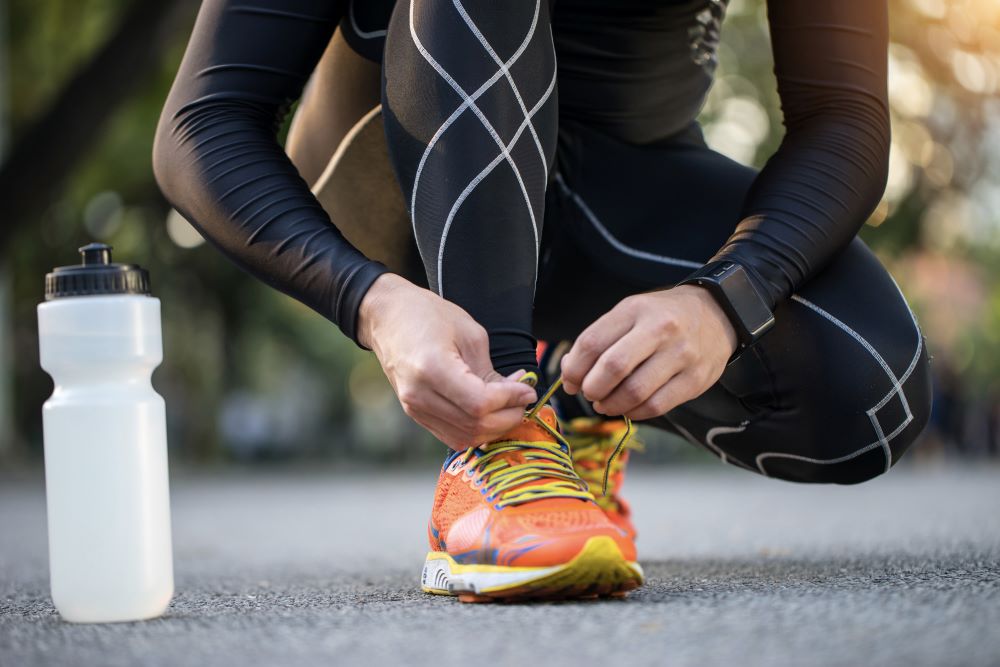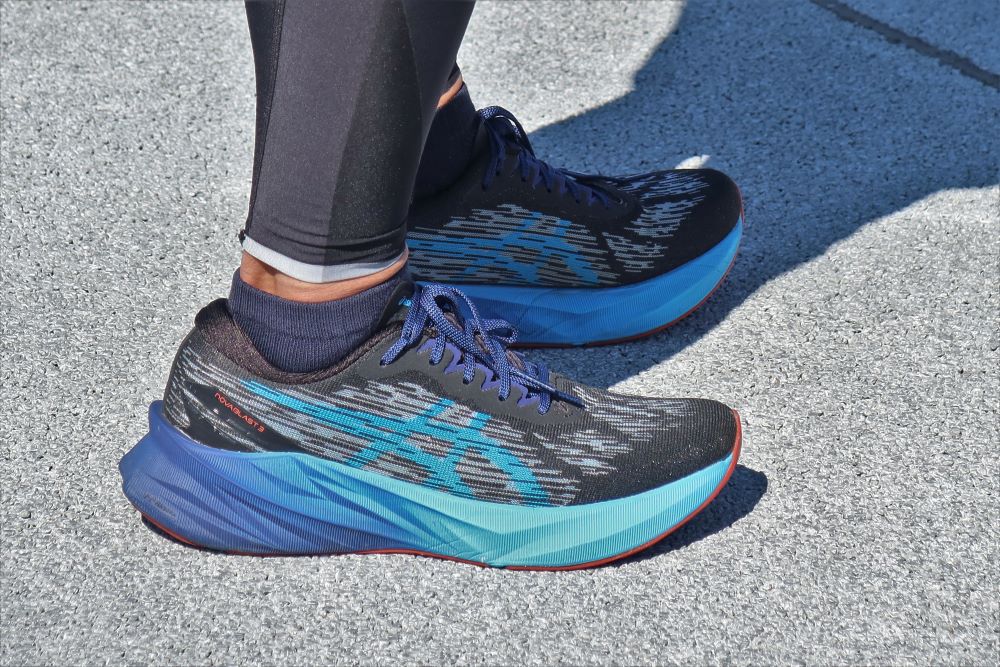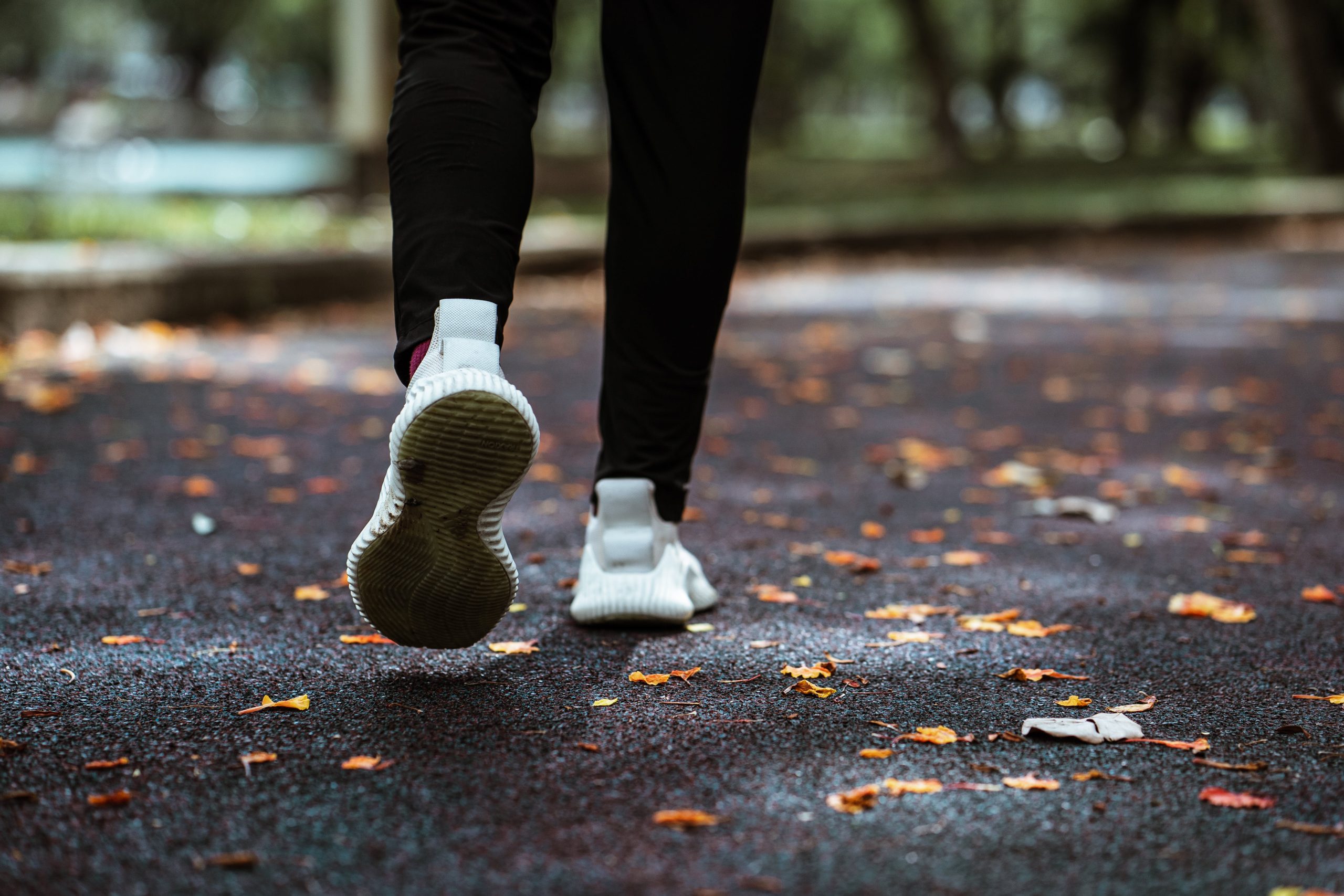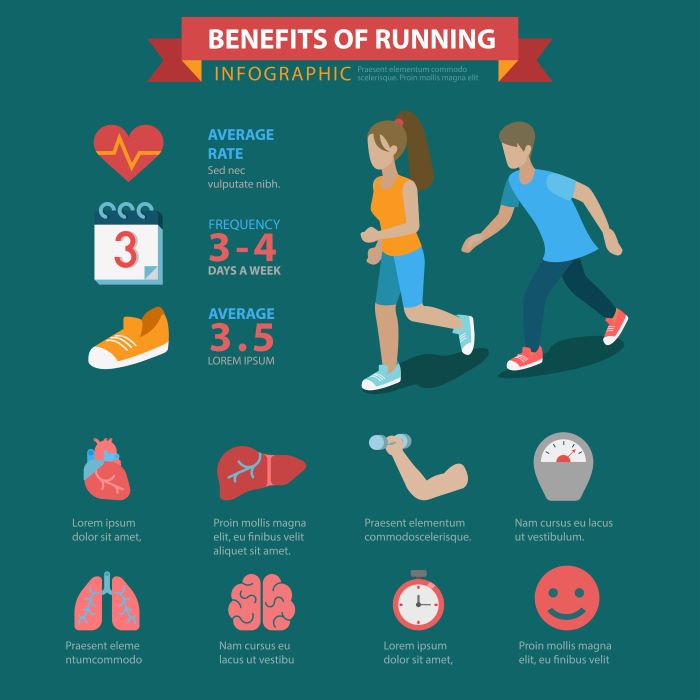For runners, exercise is not merely a way to stay fit; it is a crucial component of achieving peak performance. Engaging in a well-structured exercise routine helps to enhance not only your running speed but also your overall endurance and strength. Let’s explore why exercise is essential for every runner.
Firstly, incorporating various exercises into your routine can significantly improve cardiovascular health. Activities such as cycling, swimming, or rowing complement running by boosting heart efficiency and lung capacity. This improvement in cardiovascular fitness translates into better stamina on the trails.
Secondly, strength training plays an indispensable role. Strengthening your core, legs, and upper body can lead to improved running form and efficiency. Exercises like squats, lunges, and planks are particularly effective, as they target the major muscle groups used during running. This not only helps in maintaining good posture but also reduces the risk of injuries.
Lastly, flexibility exercises such as yoga or dynamic stretching are vital for a runner’s routine. They help in maintaining a full range of motion, which is crucial for efficient running mechanics. As you work on your flexibility, you may find that you can run longer distances with less discomfort.
In summary, understanding the importance of exercise for runners is essential for anyone looking to enhance their performance. Visit our website to learn more and get started today! Click here.
Strength Training Exercises to Improve Running

Integrating strength training exercises into your running regimen can significantly enhance your performance. These exercises focus on building muscle strength, which translates to improved power and efficiency while running. Here are several effective strength training exercises specifically designed to boost your running performance:
- Squats: This foundational exercise targets the quadriceps, hamstrings, and glutes. It helps in building lower body strength, which is essential for powerful strides and maintaining speed over long distances.
- Lunges: Lunges are excellent for developing balance and coordination. They work on the same muscle groups as squats but also engage your core, making them a well-rounded exercise that can enhance stability while running.
- Deadlifts: This exercise focuses on the posterior chain, including the hamstrings, glutes, and lower back. A strong posterior chain is vital for maintaining proper running form, especially during uphill runs.
- Planks: A strong core is crucial for runners, and planks are one of the best exercises for core stability. By engaging your abdominal muscles, planks help maintain good posture and alignment during runs.
- Step-ups: Utilizing a bench or a sturdy platform, step-ups mimic the motion of running and are excellent for building leg strength. They also improve coordination and balance, essential for navigating uneven terrains.
Incorporating these exercises into your weekly routine can lead to noticeable improvements in your running performance. Aim for two to three strength training sessions per week, allowing sufficient recovery time to maximize the benefits.
Flexibility and Mobility Movements for Runners

Flexibility and mobility are often overlooked aspects of a runner’s training program, yet they play a critical role in enhancing performance and preventing injuries. Incorporating flexibility and mobility movements into your routine can improve your range of motion, allowing for more efficient running mechanics. Here are some key movements to consider:
- Dynamic Stretching: Before your run, engage in dynamic stretching exercises such as leg swings, high knees, and butt kicks. These movements warm up the muscles and prepare them for the activity ahead, improving blood flow and flexibility.
- Static Stretching: Post-run, incorporate static stretches like hamstring stretches, quadriceps stretches, and calf stretches. Holding these stretches for 20-30 seconds can help lengthen tight muscles and promote recovery.
- Hip Openers: Movements such as the pigeon pose or butterfly stretch target the hip flexors and glutes. Flexible hips are crucial for maintaining an efficient running stride and reducing the risk of hip and knee injuries.
- Foam Rolling: Using a foam roller can enhance mobility by releasing muscle tightness and improving circulation. Focus on areas like the calves, quadriceps, and IT band to alleviate tension and enhance flexibility.
- Yoga: Incorporating yoga into your weekly routine can greatly benefit runners. Poses like downward dog, warrior, and spinal twists improve flexibility, balance, and core strength, all of which contribute to better running form.
By prioritizing flexibility and mobility movements, runners can not only enhance their performance but also reduce the likelihood of injuries. Consider dedicating specific sessions to these practices to ensure a well-rounded training approach.
Cardiovascular Workouts to Enhance Running Endurance
Building cardiovascular endurance is essential for any runner looking to improve their performance. Incorporating a variety of cardiovascular workouts can enhance your stamina, making it easier to tackle longer distances and maintain a steady pace. Here are some effective cardiovascular workouts to integrate into your training routine:
- Interval Training: This involves alternating between short bursts of high-intensity running and periods of lower intensity or rest. For example, sprint for 30 seconds, followed by 1-2 minutes of jogging or walking. This method not only boosts endurance but also increases speed and overall cardiovascular fitness.
- Long, Slow Distance Runs: These runs are designed to be performed at a comfortable, conversational pace. Aim for a duration that gradually increases over time, allowing your body to adapt. Long runs improve your aerobic capacity and teach your body to efficiently utilize fat as a fuel source.
- Hill Workouts: Running uphill builds strength, power, and endurance. Incorporate hill repeats into your training by sprinting up a hill and walking or jogging back down. This not only enhances cardiovascular endurance but also strengthens the leg muscles.
- Cycling: Incorporating cycling into your routine provides a low-impact cardiovascular workout that complements your running. It helps build leg strength and improves overall cardiovascular health without the stress on your joints that running can sometimes cause.
- Swimming: Another excellent low-impact workout, swimming engages multiple muscle groups and enhances lung capacity. It’s a great cross-training option that allows runners to maintain cardiovascular fitness while giving their legs a rest.
By integrating these cardiovascular workouts into your regimen, you will not only enhance your running endurance but also keep your training diverse and engaging. This variety can help prevent burnout and keep you motivated as you work towards your running goals.
Core Strengthening Exercises for Better Running Form

Having a strong core is vital for runners, as it plays a crucial role in maintaining proper running form and preventing injuries. A well-developed core stabilizes your pelvis, spine, and shoulders, allowing for better balance and efficiency during your runs. Here are some effective core strengthening exercises that can elevate your running performance:
- Planks: This classic exercise engages multiple core muscles, including the abdominals, back, and shoulders. Start in a push-up position, keeping your body in a straight line from head to heels. Hold this position for 30 seconds to a minute, gradually increasing the duration as your strength improves.
- Russian Twists: Sit on the ground with your knees bent and feet flat. Lean back slightly and lift your feet off the ground. Hold a weight or medicine ball in front of you, then twist your torso to the right and left, engaging your obliques. Aim for 10-15 repetitions on each side.
- Bridges: This exercise targets the glutes and lower back while also engaging the core. Lie on your back with knees bent and feet flat on the floor. Lift your hips towards the ceiling, squeezing your glutes at the top. Hold for a few seconds before lowering back down. Perform 10-15 repetitions.
- Bicycle Crunches: Lie on your back with your hands behind your head and knees bent. Lift your legs off the ground and alternate bringing your elbow to the opposite knee, extending the other leg out. This dynamic movement activates the entire core, promoting strength and endurance.
- Side Planks: To target the oblique muscles, lie on your side and prop yourself up on one elbow. Keep your body in a straight line and hold this position. You can make this exercise more challenging by lifting your top leg or adding dips.
Incorporating these core strengthening exercises into your training routine will not only enhance your running form but also reduce the risk of injuries. A strong core allows for better energy transfer during each stride, making your runs more efficient and enjoyable.
Incorporating Cross-Training for Running Success

In order to achieve running success, it’s essential to incorporate cross-training into your fitness regimen. Cross-training involves engaging in different types of exercises that complement your running routine, providing a variety of benefits that can enhance your overall performance. Here are some effective cross-training activities to consider:
- Cycling: Riding a bike is a low-impact way to build cardiovascular endurance while giving your joints a break from the repetitive motion of running. It strengthens your leg muscles and helps improve your stamina.
- Swimming: This full-body workout is excellent for enhancing aerobic fitness and building strength without the strain on your joints. Swimming helps to improve lung capacity and provides a refreshing break from land-based workouts.
- Strength Training: Incorporating resistance exercises into your routine can enhance muscle strength, improve running form, and increase power. Focus on functional movements that target the major muscle groups used in running.
- Yoga: Practicing yoga can improve flexibility, balance, and mental focus. It also aids in recovery and helps to prevent injuries by promoting muscle relaxation and reducing tension.
- Hiking: This activity not only builds strength and endurance but also allows you to enjoy nature. The varied terrain of trails can help improve your balance and stability, which is beneficial for running.
By integrating these cross-training activities into your weekly schedule, you can enhance your running performance, prevent burnout, and reduce the risk of overuse injuries. Aim to include at least one or two cross-training sessions each week, ensuring that you maintain a balanced and well-rounded fitness approach.
Visit our website to learn more and get started today! Click here.


